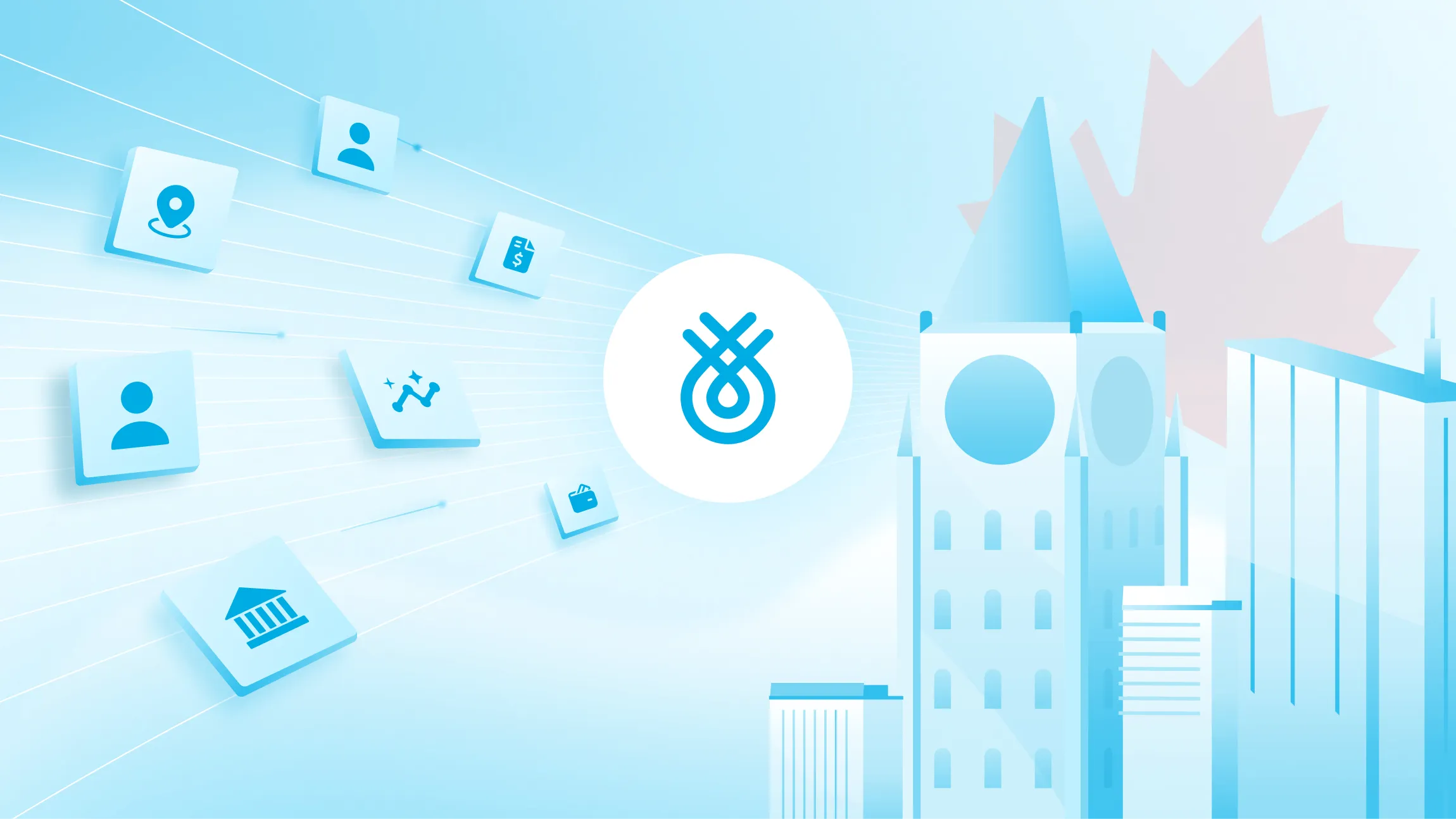Banks hold information about all our major life events. But it’s locked in siloed, heterogeneous data that has proven incredibly hard to access and use. For a long time, “what can you do about that?” felt more like an answer than an urgent question, leaving the industry lagging behind other verticals.
The market is now finding a way forward.
It’s an iconic image from the 1970s. A woman smiling, standing beside an automated teller machine as First National Bank of Atlanta (now Wells Fargo) introduces one of the world’s first ATM. Nearly half a century ago computers swept across Wall Street, disrupting financial institutions and displacing manual math calculations with automated systems. This technological shift laid the foundation for our current financial institutions, allowing banks to record and retrieve data digitally.
Fast forward 50 years. Consumer and business appetite for on-demand personalized access to financial services are now being met by apps and AI-driven platforms powered by APIs that aggregate and extract value from financial data in real time.
The banking industry undergoing disruption, driven by profound shifts in culture and technology. Here’s an (extremely) short list of what you need to do to win.
Consumers are willing to share their context — grab it
Why?
Because consumers demand convenience — the same level they get from the new leaders in online retail, entertainment, hospitality or transportation. In these sectors, consumers have embraced the new terms of the relationship with their service providers: give to get.
You should not underestimate how much consumers are willing to share for the promise of a better, more convenient product.
The latest research and our own experience on the ground show that consumers are open to sharing their financial data if they derive benefits from doing so. In a survey of US consumers published last year, 70% of respondents said they are willing to provide additional financial information to a lender if it increases their chance for approval or improves their interest rate for a mortgage or car loan. We observe this trend is growing up rapidly.
For smart innovators, the potential of accessing a person’s context goes way beyond creating better offers. It’s about understanding their needs or problems, and then delivering tailored experiences that feel right. It’s about creating a rich, meaningful relationship.
Tell me who you are, I’ll give you a better service.
Being clear and upfront about the benefits is exactly what consumers want before consenting to share their financial data. When consumers give you access to their context, it’s because they want you to empathize with them. This is just the starting point of a two-way relationship that’s established and nurtured by through data.
You can’t just slap lipstick on a pig and call it innovation
Playing catch up with user experience best practices is not enough. Let’s take client onboarding as an example. Banks are creating digital processes with loose ends that require customers to leave their online experience — oftentimes to share the same information again in person.
This is the “lipstick on a pig” approach. It might look good on the surface, but people won’t be fooled very long no matter the amount of lipstick used.
Innovators that are reshaping their industry these days work obsessively on segmenting their customers. Think about this: Facebook or Amazon provide a totally unique experience to each individual of their billions of users. This is what consumers are getting used to everywhere — and this is where the future of finance lies.
People expect their service providers to understand what they want. To achieve that, providers need to understand who they are.
Transactional data allows you, the provider, to understand who your clients are.
Your competitors are turning to transactional data because it gives them a deep understanding of their clients, so they can engage with them on a personal level, at scale. Enriched transactional data is enabling them to build the kind of financial services that will help them win 5 to 10 years from now.
Firms don’t fail simply because they can’t keep up technologically. They fail because they don’t adapt when the state of the market changes. They can’t meet customers’ expectations, fail to pull them in, and fall off the value chain.
Oh, and the woman standing beside the ATM machine? Her name is Susan Bennett. Fun fact: she has adapted, too. She’s now the voice of Siri.




